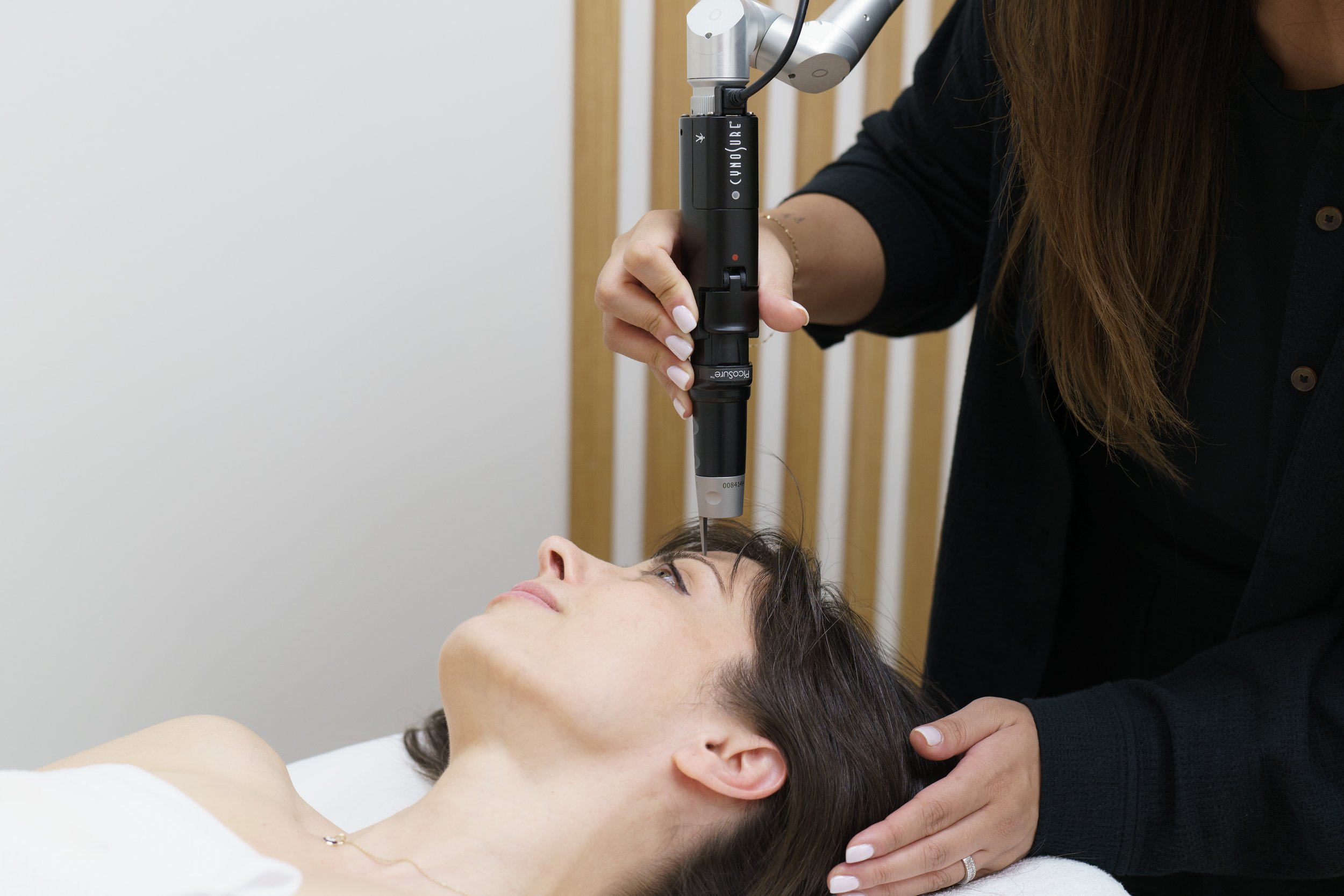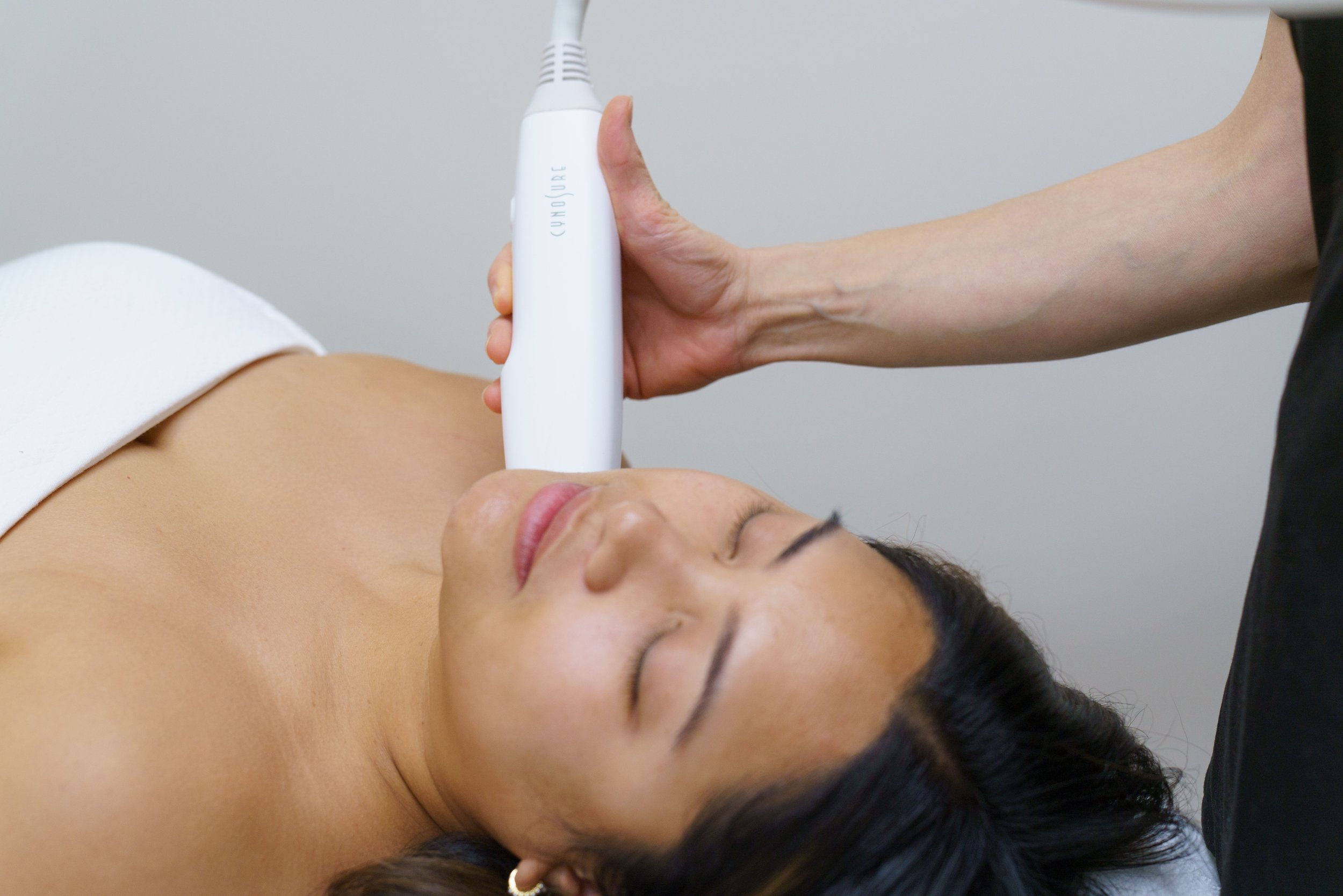Beauty Begins with Safety: The Essential First Step of Test Patching
Dive into beauty with a safety net! Test patching isn't just a preliminary step; it's the cornerstone of a personalized and safe journey in the world of cosmetic treatments. This essential step ensures your treatments are uniquely tailored to you and deliver the optimal results. Here we explain what Test Patching is, who should do it, and why it’s so important to not skip it.
The Purpose of Test Patches
Test patches in cosmetic enhancements serve as a crucial safety measure, enabling the evaluation of skin's reaction to specific treatments or products. This step acknowledges the uniqueness of individual skin, influenced by color, ethnicity, age, medications, and health conditions. By applying the treatment, such as a laser, to a small, defined area, practitioners can gauge potential adverse reactions, ensuring the full treatment proceeds with informed caution.
Who should get a test patch?
Anyone with a Fitzpatrick skin type 4 or higher (darker skin) is required to get a test patch. This includes anyone who has olive skin or darker and tans easily instead of burning when out in the sun. Even if you have lighter skin but are of Persian, Arab, or Asian ethnicity, you are considered a Fitzpatrick 4 and should get a test patch done.
Which treatments need a test patch?
We typically recommend getting a test patch for our Elite IQ laser with which we do laser hair removal and photofacials, or our Picosure Pro laser with which we do tattoo and pigment removal.
What to watch out for?
For 48-72 hours after the patch test look out for redness, itching, swelling, discoloration or anything unusual and out of the ordinary. Reactions are extremely rare but if you see anything let us know right away so we adjust your treatment plan accordingly.
In the world of cosmetic enhancements, the road to beauty is paved with precision and care. Test patches, though seemingly small, play a monumental role in ensuring that this journey is marked by safety, satisfaction, and the radiant confidence that comes from knowing your skin is in good hands.




